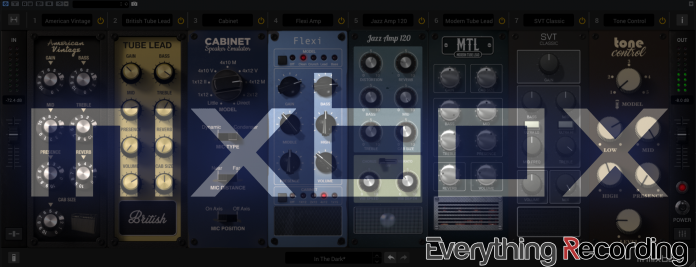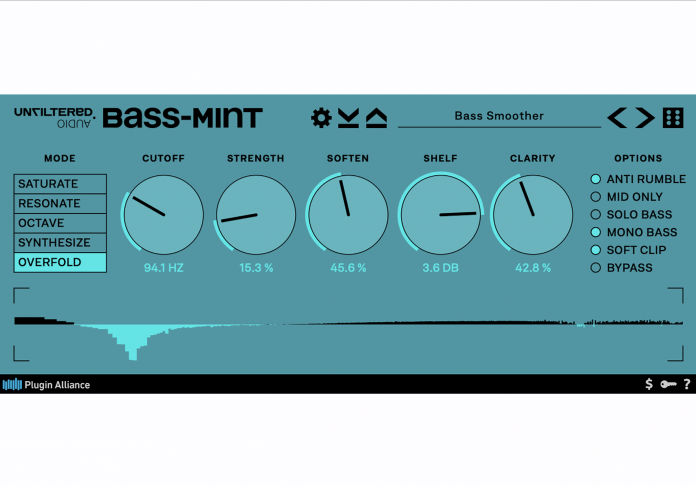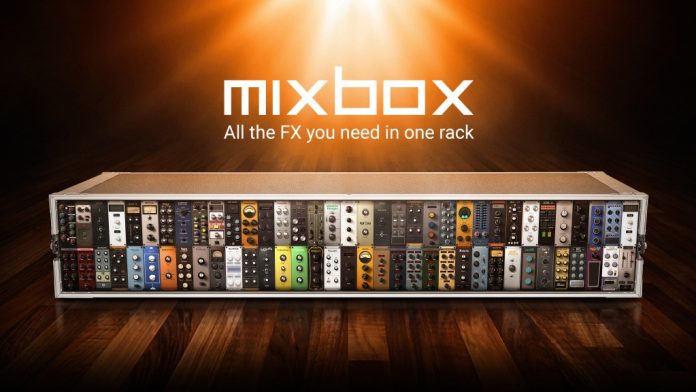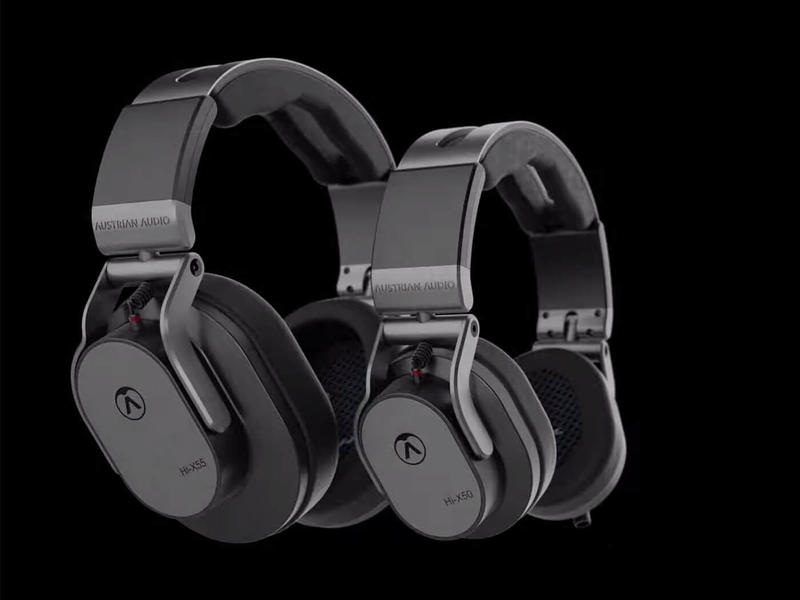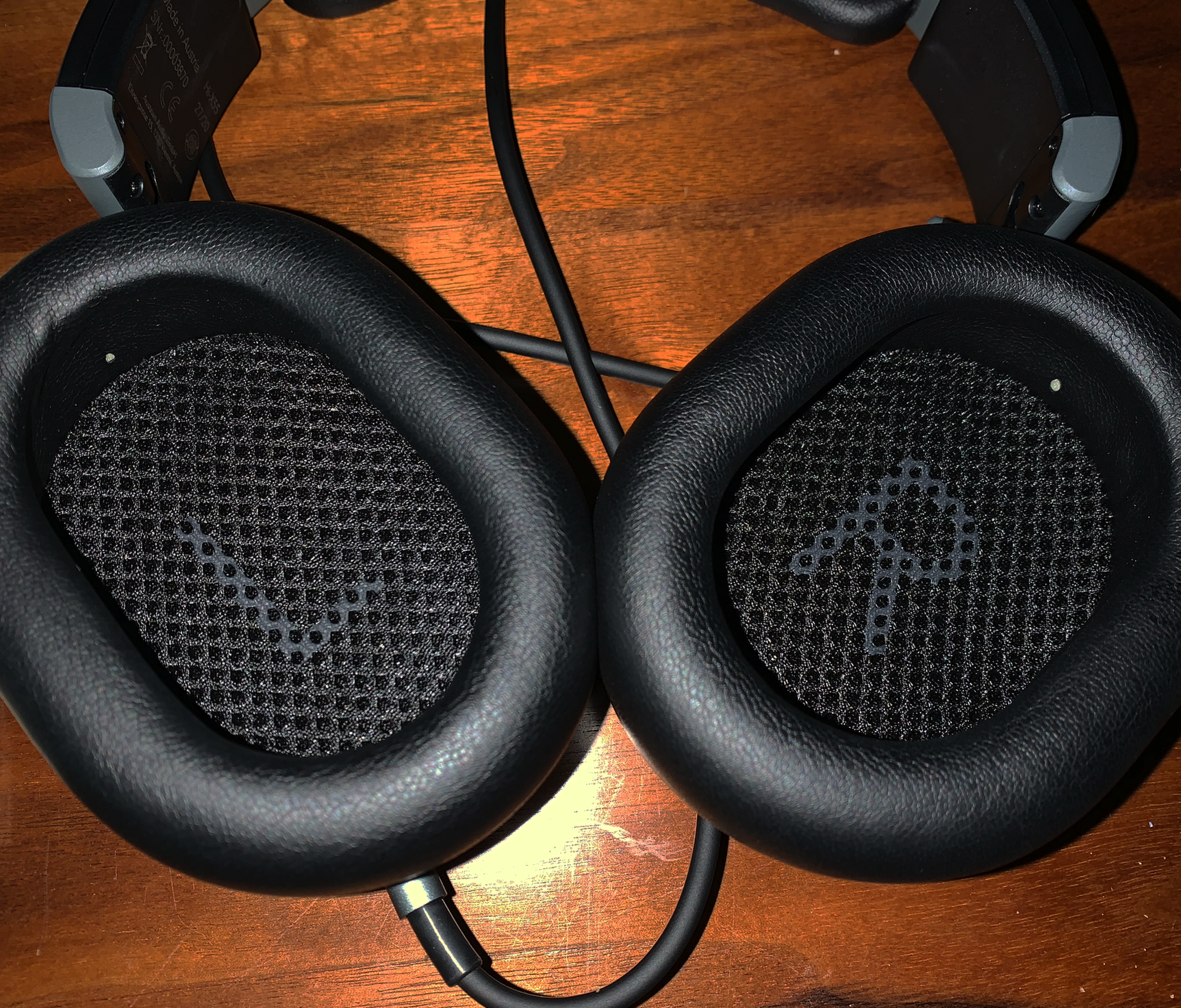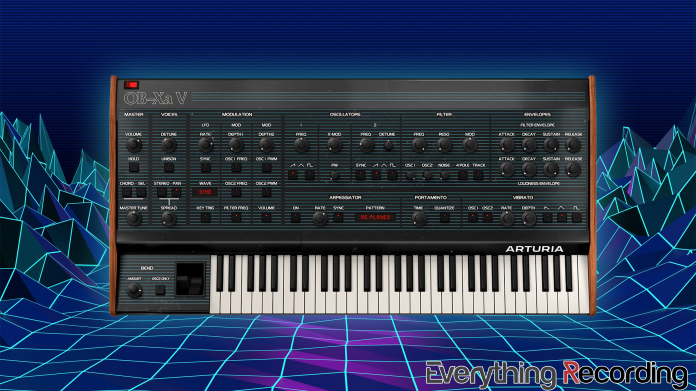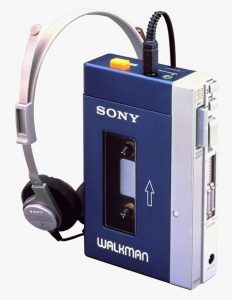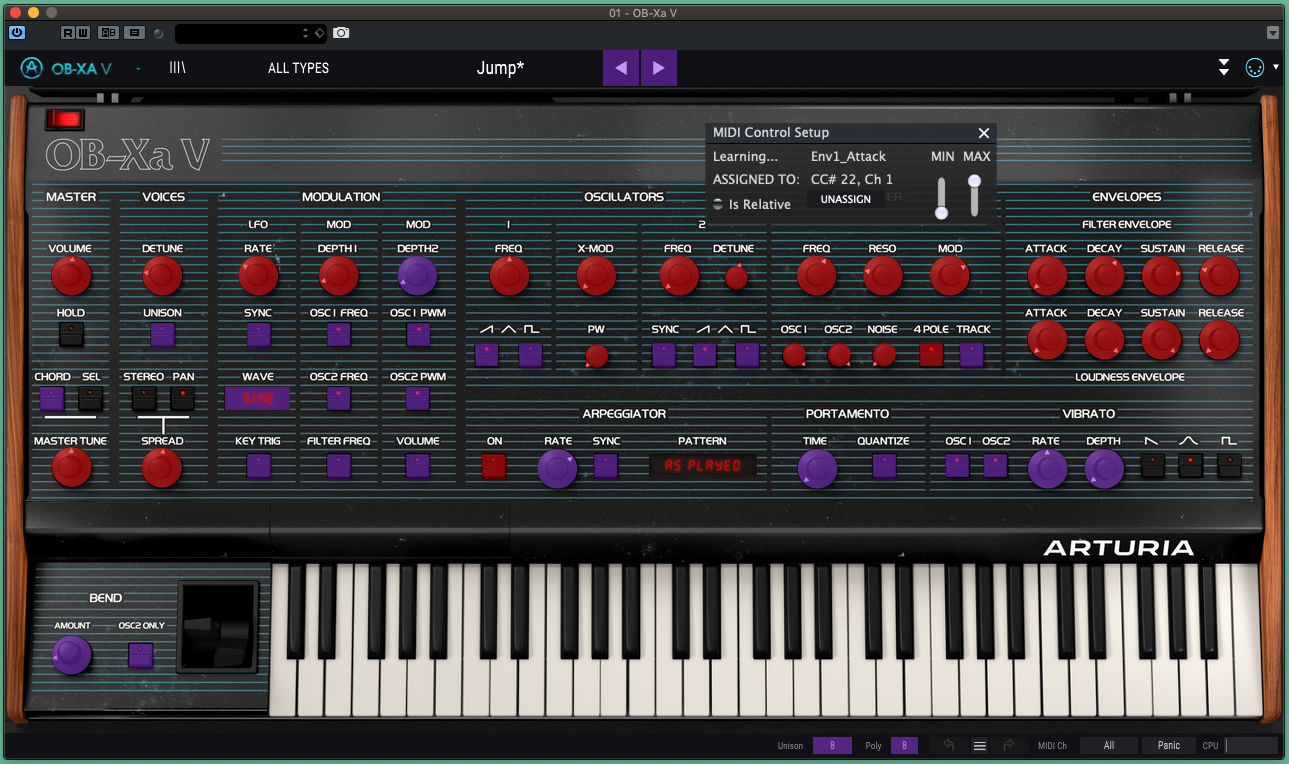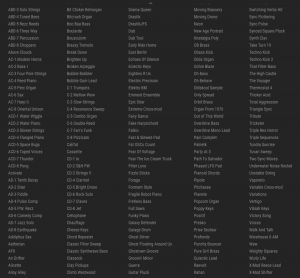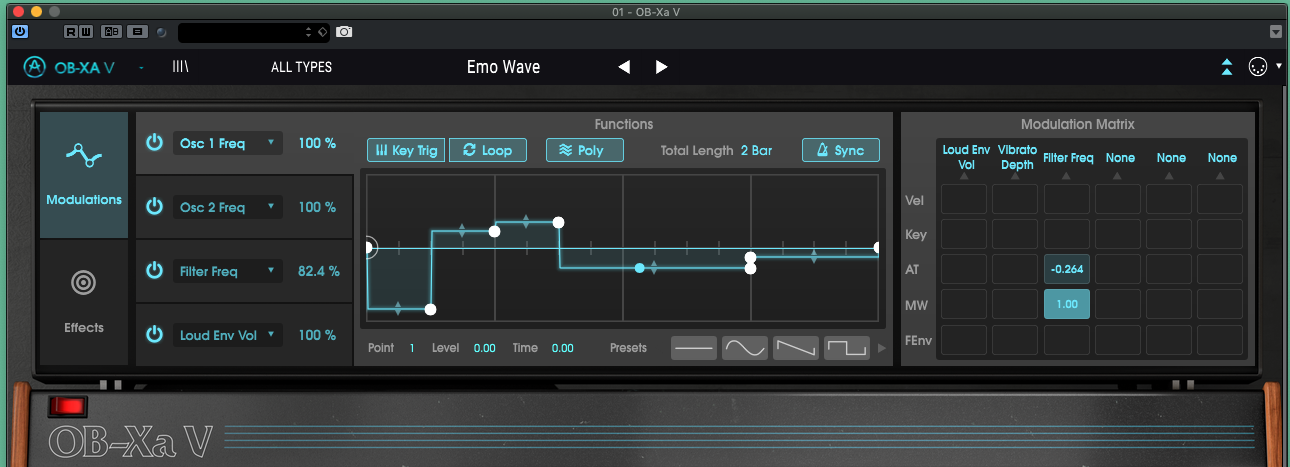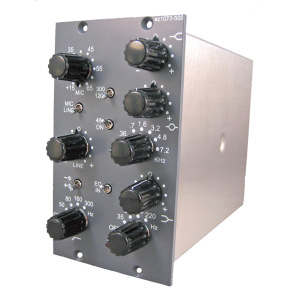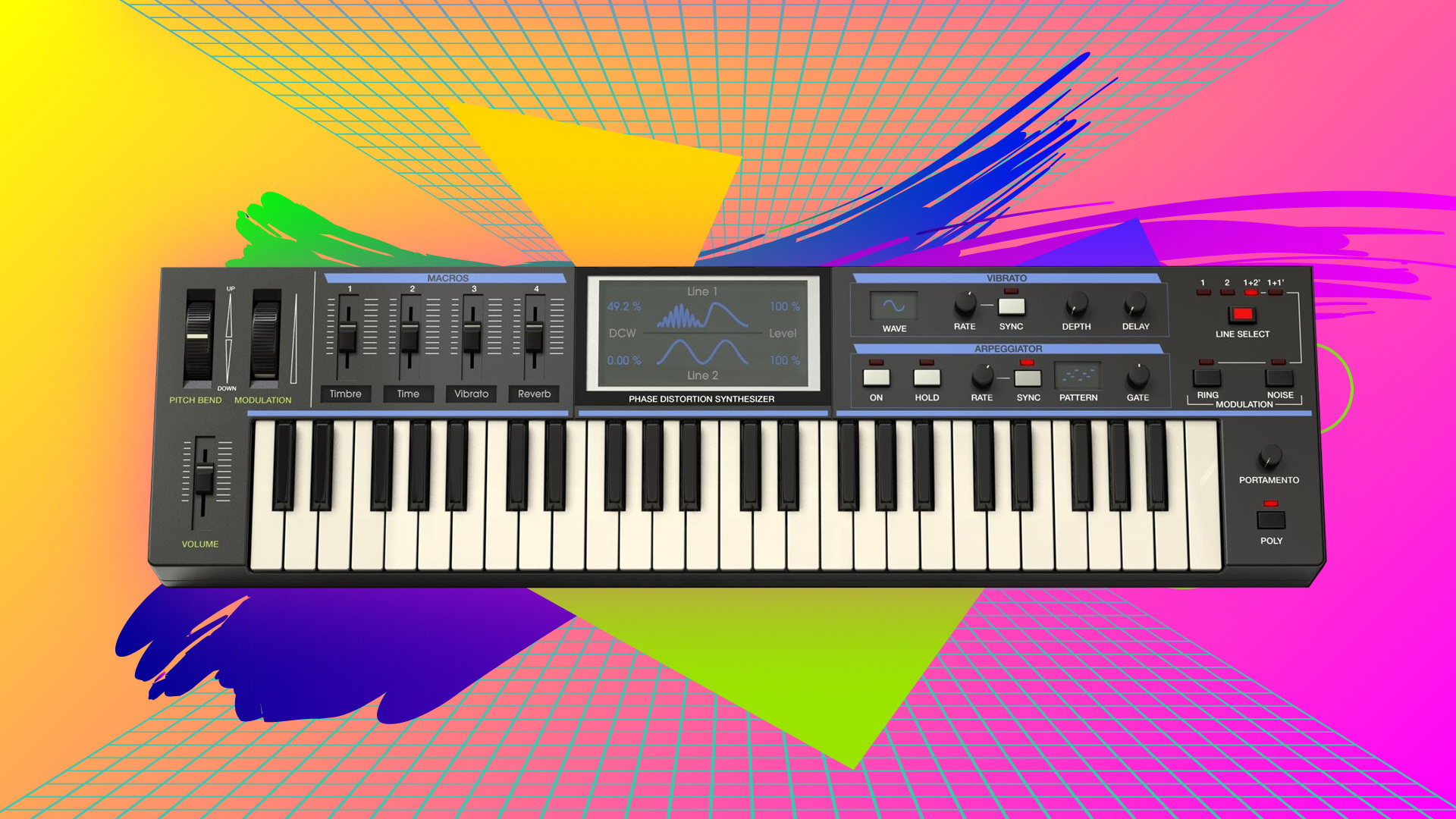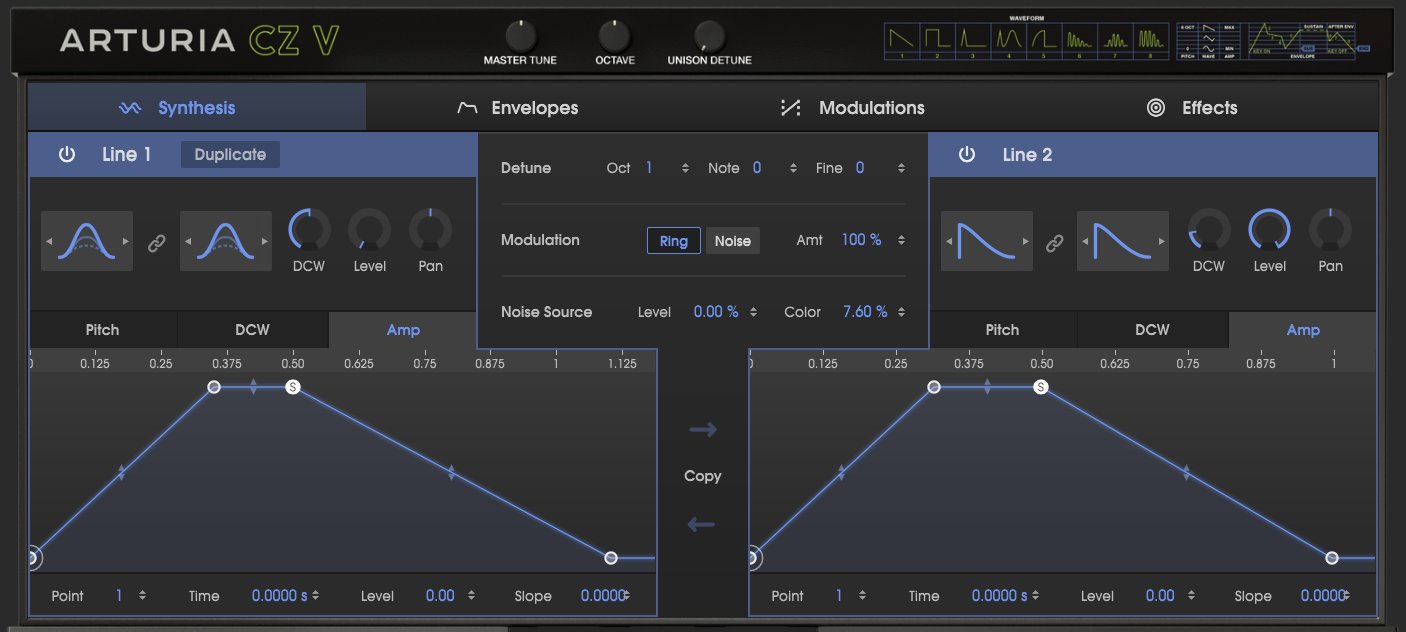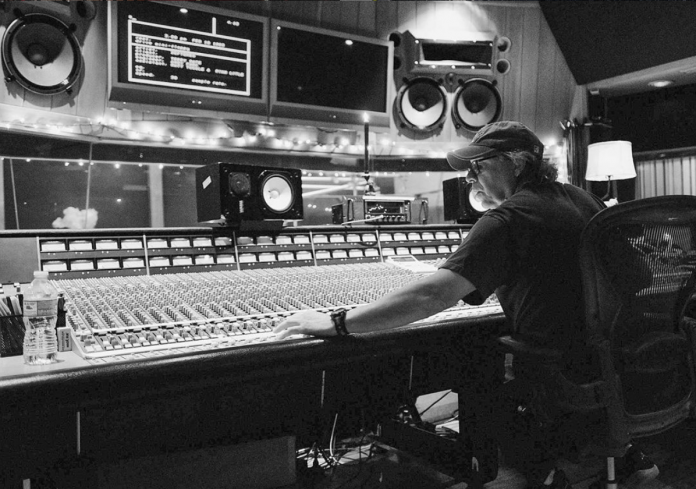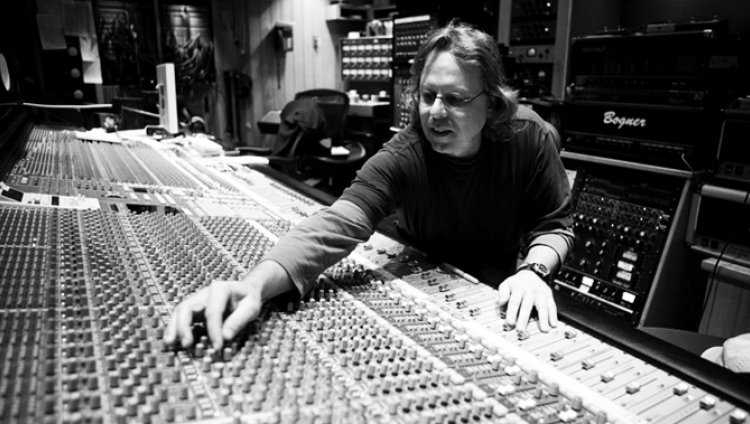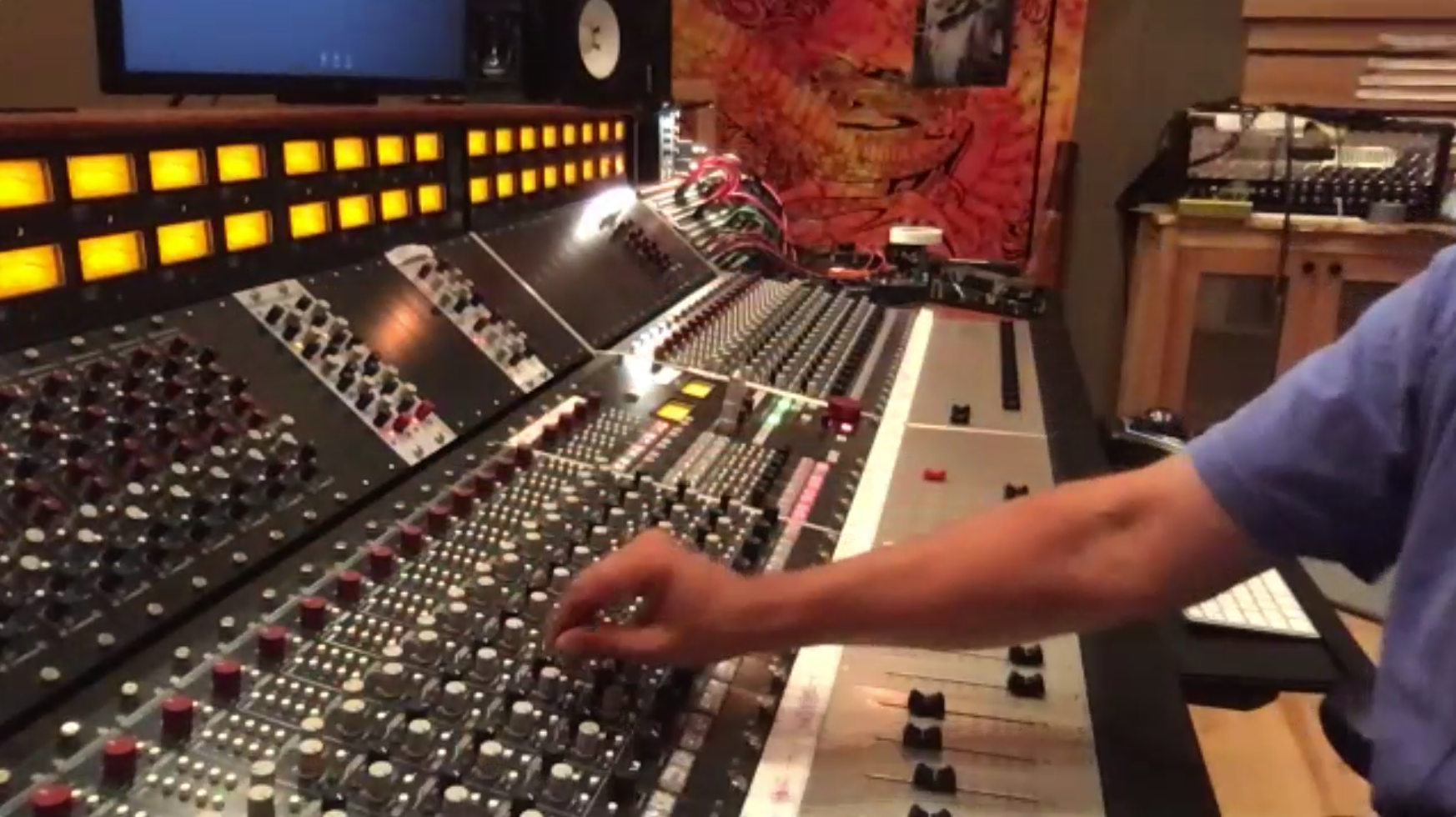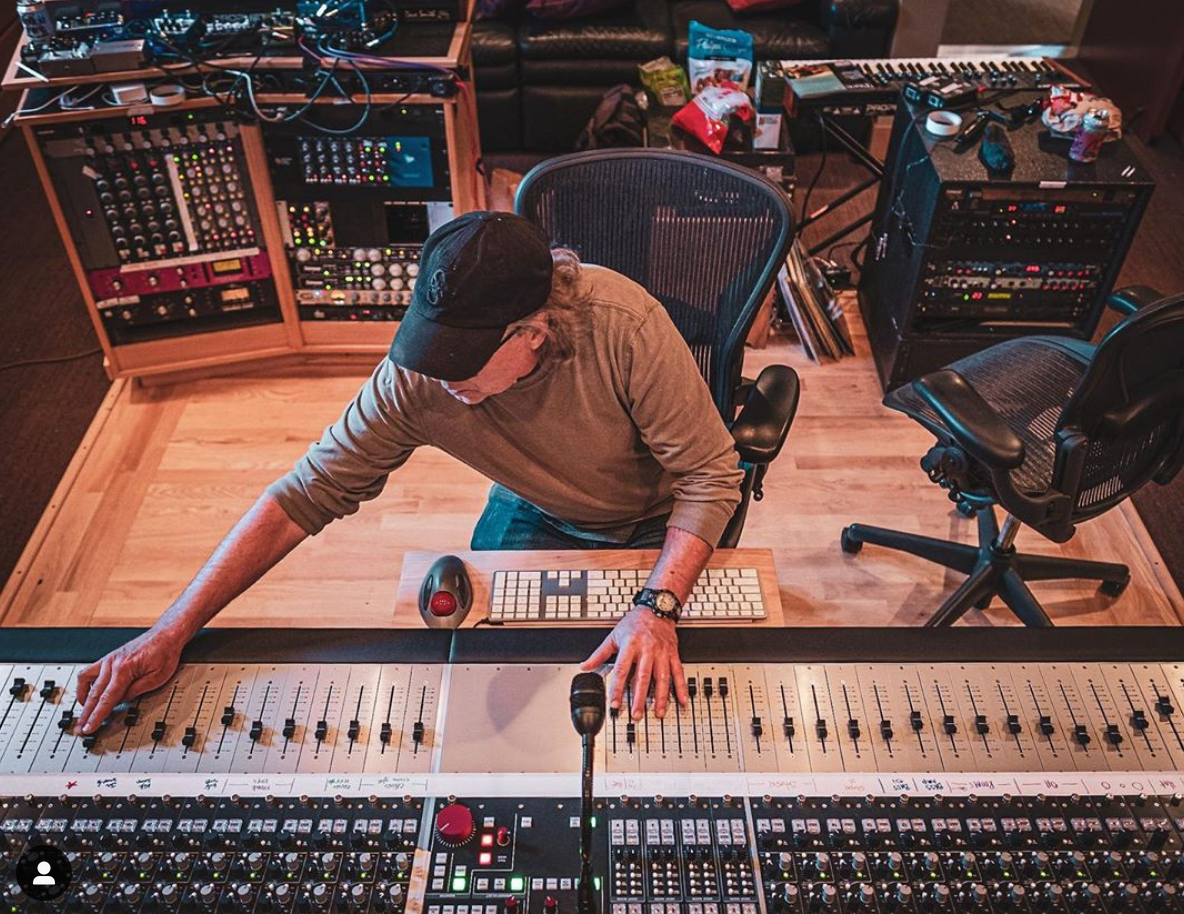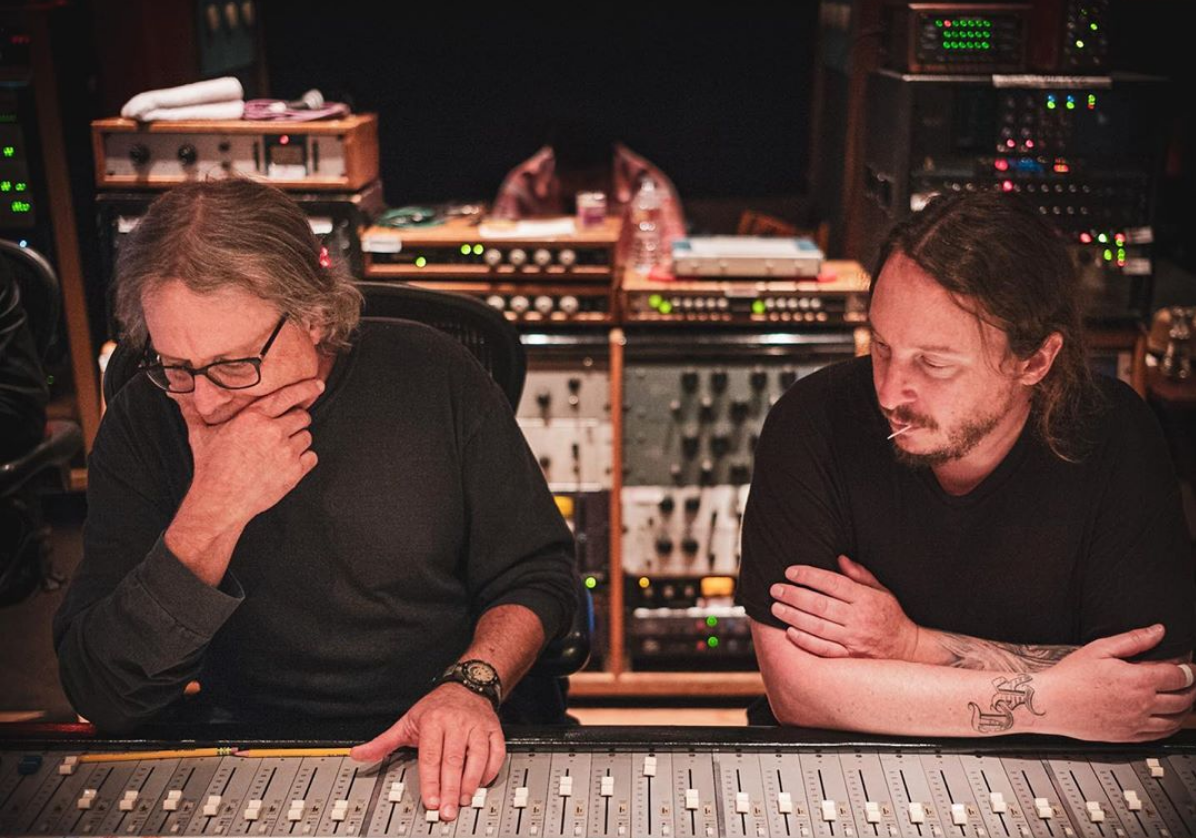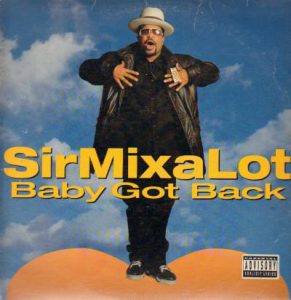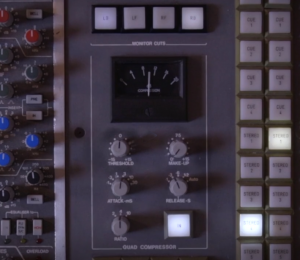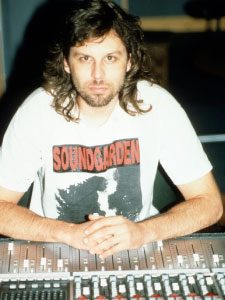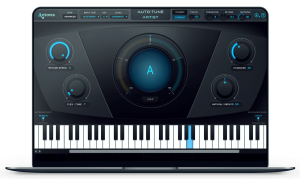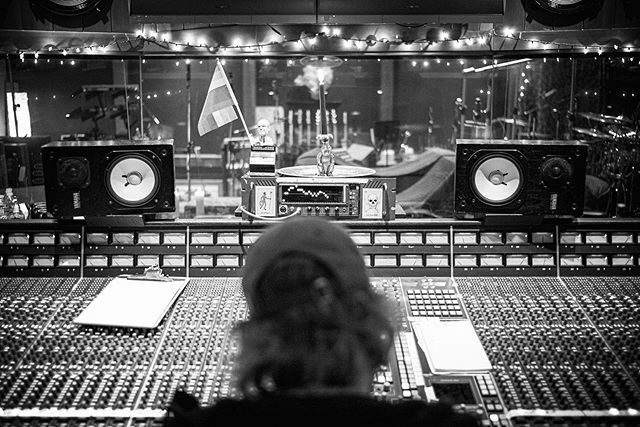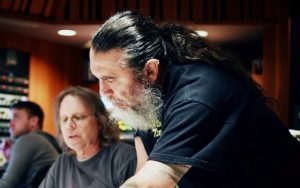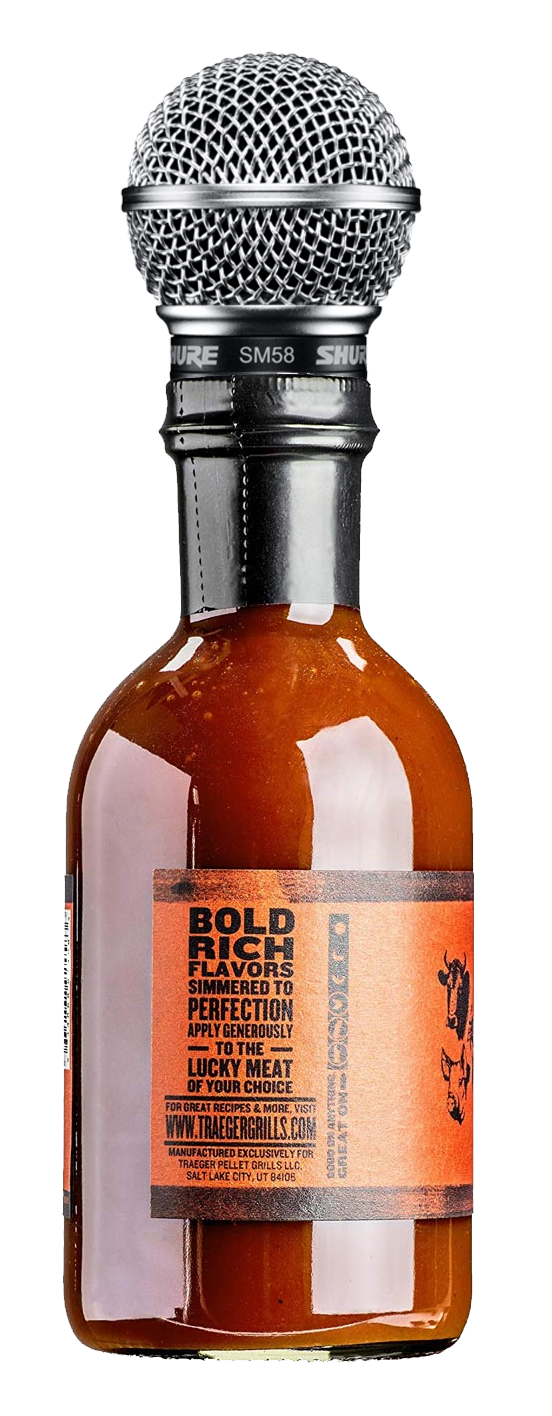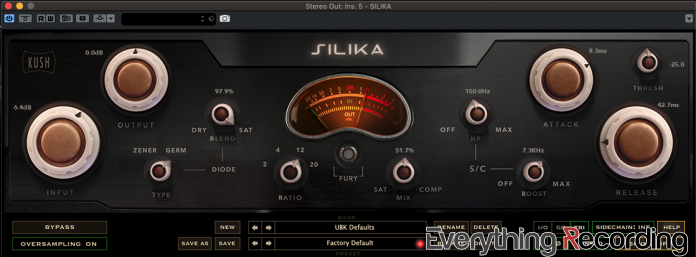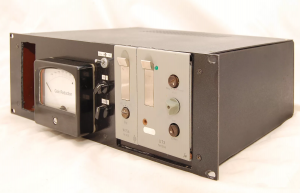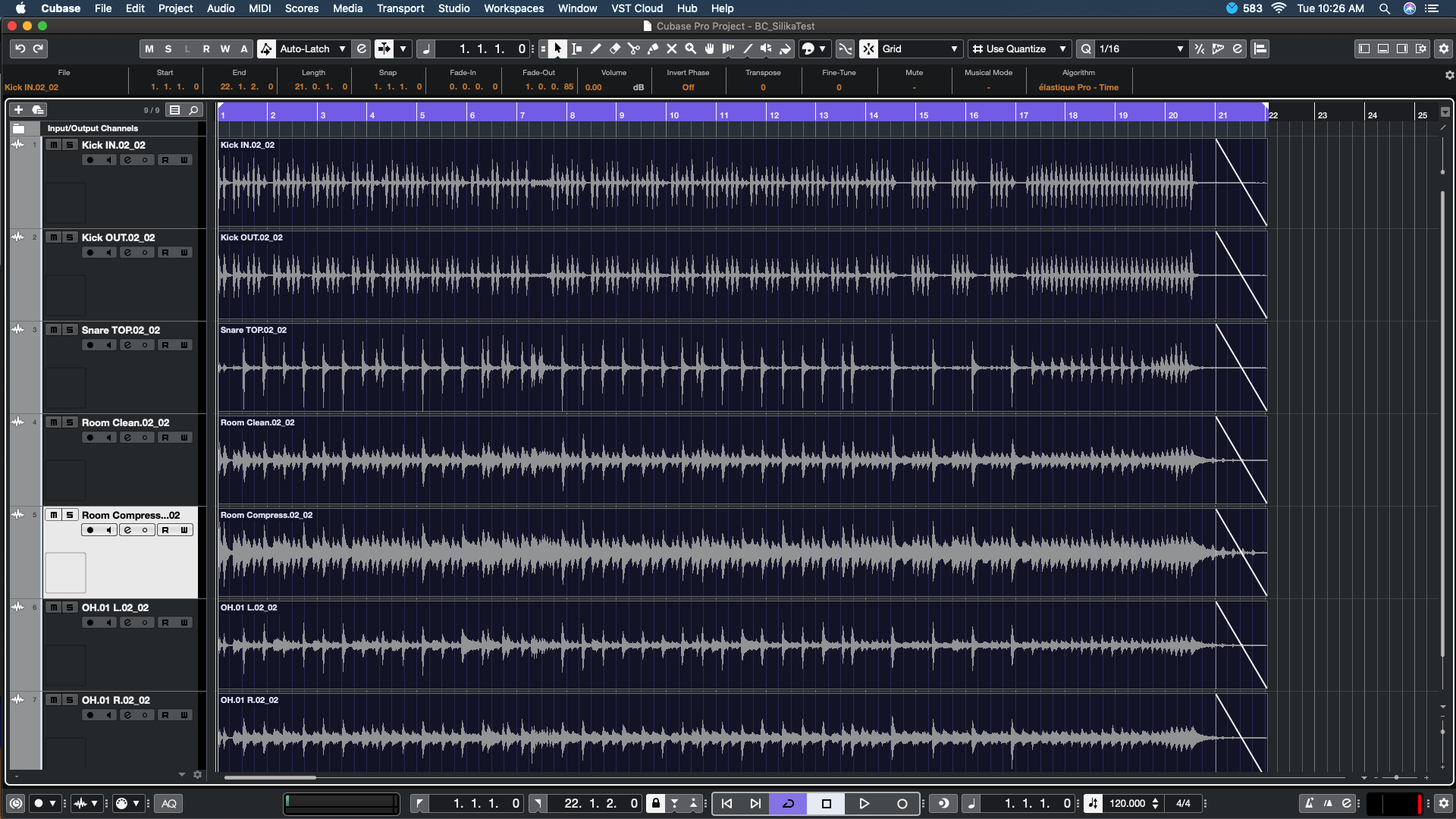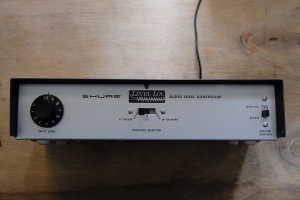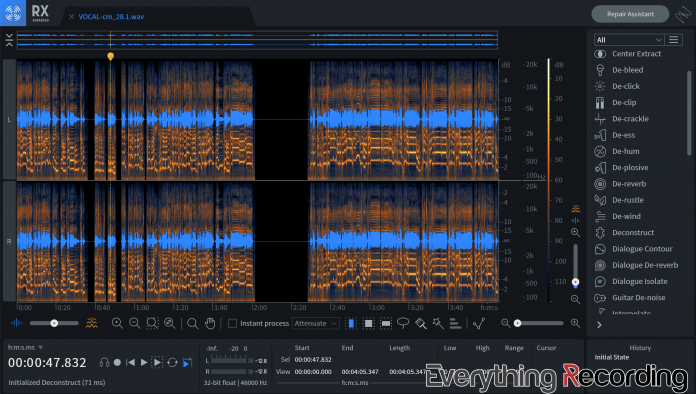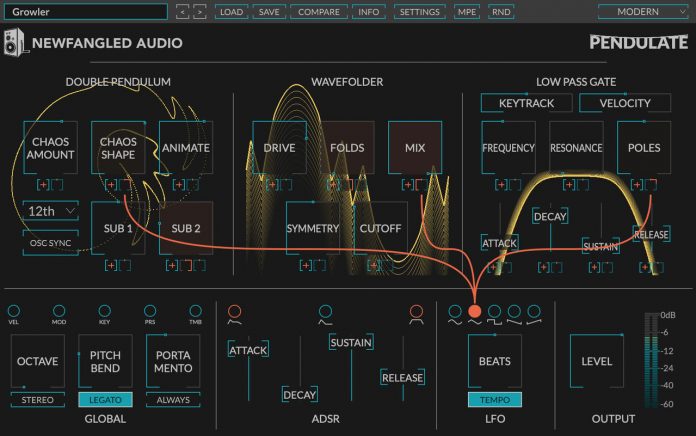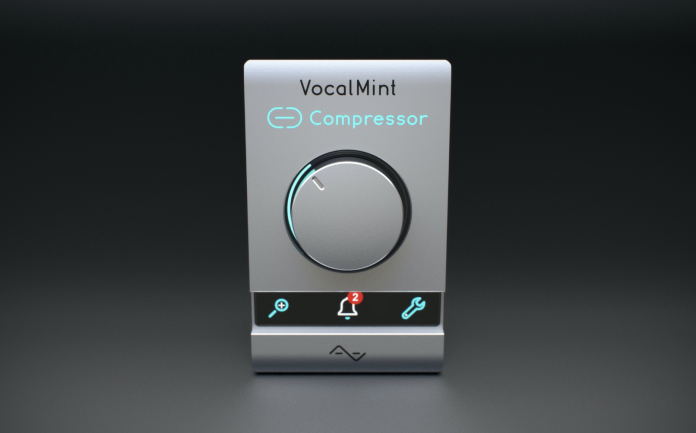A BRIEF WORD
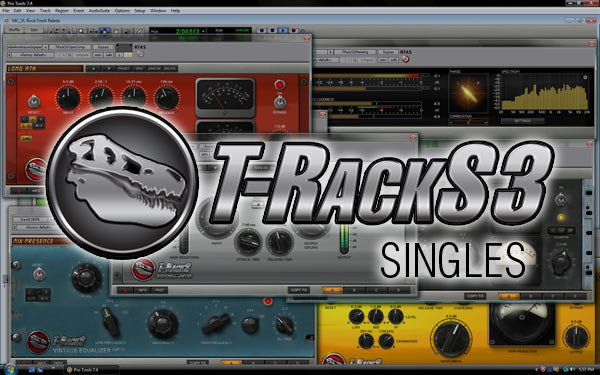
Ten years ago, EverythingRecording launched with our first ever review. The product? IK Multimedia’s “T-Racks” software. In the decade since, we’ve continued to enjoy IK, especially with their dedication to creating great software for the professional but priced for the working musician. Now break us off a slice of that birthday cake while we tell you about their latest…
ANALOG ENVY
As the proud owner of not one, but two, completely full 10-slot 500-racks, many a co-conspirator and client have ohh’d and ahh’d at my garden of boutique preamps, EQ’s and compressors. Being able to go from an actual, analog API to a Neve to an SSL with a single click – routing instruments, tracks and busses through all that gooey old-school circuitry can give an otherworldly punch, crush or snap to an otherwise ho-hum signal.
Mind you, the wayback machine is not without its flaws, namely recallability. Even if you print the results to a new track and take a picture of the settings, it occasionally happens that trying to get the exact parameter back later is never exact (manufacturers without detented pots, I’m looking at you). And given their modular nature, sometimes units get moved, sold or rerouted – leaving you in a pickle when pulling up a session before reconfiguring.
While the “is it real, or is it a plug-in” debate continues to rage on, the DAW has effectively closed the gap to the point that even the most uptight cork-sniffing analog die-hard can’t reliably tell the difference in a blind shootout. And with IK Multimedia now stepping up with a virtual 500-rack of sorts, the temptation to stay all of the way in-the-box is bigger than ever.

MEET THE MIXBOX
IK Multimedia’s MixBox is a self-contained single plug-in that allows the user to virtually install and mix up to eight slots worth of virtual processors – either as a plug-in (VST, AAX, AU) or a standalone application. How many processors? Seventy. Right, not seven-teen. Seven-tee. As in ten times seven. As in, “holy crap on a pita, that is a lot of modules.” We’ve all seen virtual amp packages that give you dozens of amp models, complete with matching graphics within the interface, but this is taking things to a stratospheric echelon for the mix engineer.
You can combine up to any eight of these “plug-ins within the plug-in” in series and intuitively drag them to try different chains. Everything from guitar preamp modeling, vintage and modern-inspired EQ’s and compressors to pitch and time modulation, tape and transformer saturation and beyond. To list and review every single slot would be the final nail in my carpal tunnel coffin so let’s just put this another way:
This is the single most comprehensive mixing plug-in ever offered from anyone, anywhere.
I hear some of you out there – at a retail price of $299 ($199 for a limited time), one could cross their arms and proclaim “this is sooooo gimmicky”. After all, pro audio’s previous generation of engineering luminaries said that about the DAW all of the way until they were forced into retirement. At $4.25 per effect, you’d be well within your right to question how well these actually sound. But let’s remember, this is just as much a new release as it is a culmination of IK Multimedia’s twenty-plus years of acoustic and analog-modeling. T-Racks. AmpliTube. SampleTank. They’ve been at this for a long enough to really perfect the process…. And perfect it, I believe they have.
GET AMPED

It’s no surprise that IK Multimedia have added a vast collection of their amplifier models and distortion pedals. Even if you have no intention of using MixBox on an actual guitar, distorion effects do find a lot of use on sources that need a dash (or a splash) of hot sauce. Drum overheads, synths and vocals have all been given the guitar pedal treatment to interesting and surprisingly usable results (and all that impedance-matching and mono-only nature of using pedals is a bit limiting). With a solid grip of amplifier heads old and new and a cabinet simulator, these are a great jumping off point for adding some hiss and heat to whatever you care to throw at it. Also of note, there are a handful of modules that are clearly inspired by actual pedals (one “Chorus” effect is accurate in sound, PANTONE color and fontography to the Boss CE-2 pedal).
SWIMMING THE ENGLISH CHANNEL
From dedicated EQ’s and compressors to full channel strips, MixBox has over a dozen different options for your tone-shaping and frequency-carving adventures. Want to do the classic “double pump” vocal technique? The LA-2A and 1176-fashioned modules await your word. Wish you could put a Neve (-inspired) EQ into an SSL 4K(ahem, again… “-inspired”) compressor with a Fairchild-like 670 to finish it off? You’ve still got five slots left! Mostly focused on the greats, but with some modern models included, you will not run out of creative ways to sculpt a track. Also included here are some great options for saturation – be it by way of tube, transformer or cassette tape*.
Uh-oh. B Church Rant™ Ahead! Yonder be dragonnes! Personally, I’ve always just low-passed tracks at 15kHz and said “there’s your tape saturation” – but I am also notoriously lazy and jaundiced about all the “ohhhhhh tapey tape-ity tape tape tape!” people who’ve never even touched a freakin’ cassette. Okay, I’m done.
TIME AND SPACE
With three delays and (count ‘em!) NINE reverbs, creating space and time is no problem. Working with everything from the curios and relics of digital reverbs and tape echoes to more modern technological advancements like convolution-based rooms, there’s a space for just about any inkling you might have. The spring reverb, though commonly thought of as a guitar amp “sound” can really put a different shade on things for vocals and ambient mics. And if you’re in a particularly 80’s sort of mood, the inverse and AMS-inspired “digital” reverbs would like a word.
GETTING WEIRD WITH IT
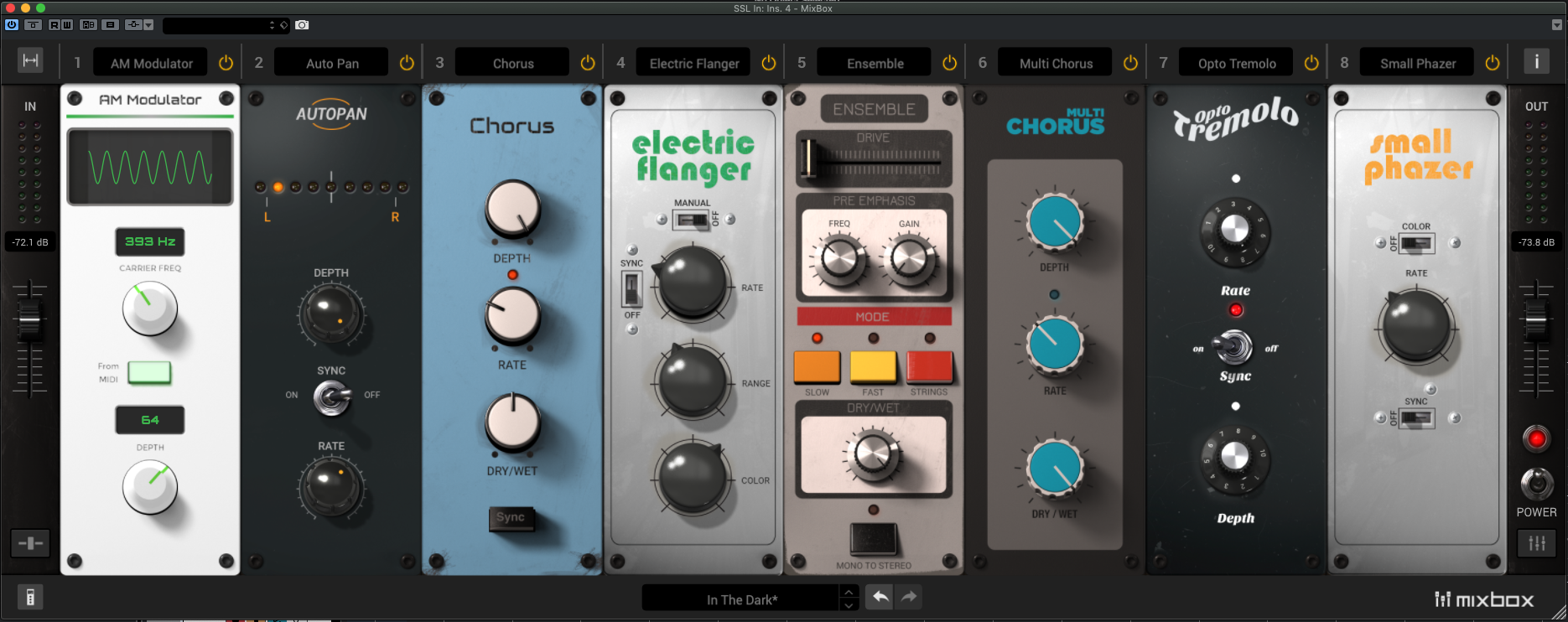
Filters and modulation effects abound with everything from simple chorus and band-passing for basic chores all the way into the psychedelic beyond. Want to really get weird with it? Don’t threaten MixBox with a good time here, because it will go “there” and beyond. Formant filtering and FM modulators for you Devo-tees, LFO-based and auto-filters for the funk and all the phasers and flangers your acid jam band revival could ever desire. Keep it simple or descend into a hallucinatory netherworld…. And just about anywhere in-between.
UNBOX THE POSSIBILITIES

Though the selection of available modules most certainly leans at least somewhat towards guitarists on the surface, I turned MixBox loose everywhere I could on a mix I’m currently in the throes of finishing. I really wanted to see if there’s anywhere this can’t stand in for other plug-ins or hardware.
For drums, I used MixBox as a track insert on kick, snare and overheads as well as a general drum submix (including toms, hats and ambient mics). For the kick I set about creating my “usual” chain – landing on the basic “Channel Strip” handling dynamics, then through the 81 EQ to bring out some emphasis at 100hz and 4.2kHz with a nice wide dip around 1kHz. I used my DAW’s gate and transient shaper pre-insert, as those are conspicuously absent from the list. Getting the individual modules and their settings situated was tactile and easy and the sound was very much on par with using similar plug-ins or yes, even my favorite hardware. I then used a near-identical chain for the snare, pulling up some “pop” in the lower-mids by bringing out the fundamental. Again, sounding great without any real fuss.
Being able to assign another track’s output or aux send to the compressors’ sidechain detection circuits could have easily been overlooked in bringing this behemoth to light. Thankfully it’s included. Especially with drums, having the flexibility to key a limiter or compressor with another transient source is of critical importance to ensure everything can come to the front when need be, but without a mushy glob of everything-all-the-time. If you want to key another track FROM MixBox, you’ll need to break the plug-in into two instances at the point you want to create the send, however
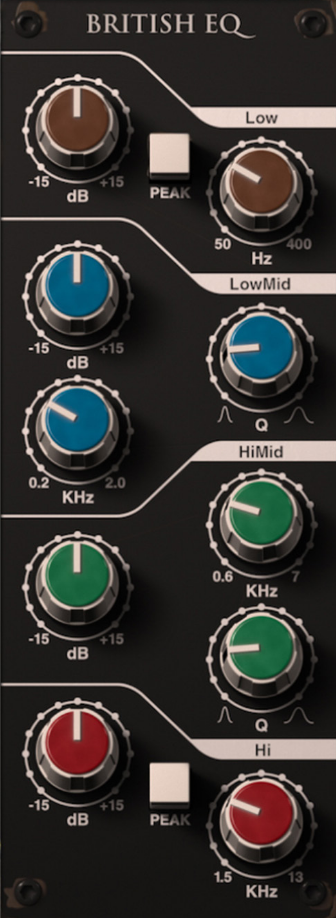
On the overheads, I used the British EQ (modeling the lesser-used “brown”-era of SSL’s 4K 242 EQ circuit) to effectively (but not completely) high-pass out everything below 250hz and patched the 670 compressor post-EQ to pull up some of the resonance between the notes. It wasn’t quite “right” for this, so I switched in the “2A” compressor and was instantly satisfied with the result. But the 670 got its turn to shine compressing the entire drum submix, put in after just an ever-so-slight (about 10%) DigitalVerb plate (AMS RMX fans, rejoice!).
Solo’d out, the drums had a huge presence, with the kick and toms hauling tremendous weight behind the notes, but without losing articulation. The snare transients popped through the onslaught quite nicely, pushing the ambient and overhead mics away and letting them wash back in around it. Pulling the rest of the mix back in, I had to tame the bombast – making a few needed adjustments to keep the drums from owning all of the available sonic real estate, but it was just a nip here and a tuck there. I hate saying this as much as the next guy, but it “sounded analog”. You could literally feel your fingertips pushing “all four buttons in“. while Seriously, it conjured “that feeling” of those classic tubes, diodes, transformers and op-amps giving the transients a good set of teeth, but never at the expense of the drums becoming brash. In a word? “Big.” They sounded BIG.
FIDDLING WITH GUITAR
Turning my attention away from drums, I wanted to dive into MixBox’s capability on guitar. Luckily this session included not only miked tracks – but the raw, DI’d guitar and bass sources: a perfect opportunity to really see what all of these preamp and cabinet models could do. I figured “why not just go from raw track to effects to mix the whole way across in one channel?” We do have eight slots to mess with here – and again, I’ve never needed eight effects in a row on anything ever.

Step one, a little bit of line amp saturation courtesy of the very simple 1st-stage preamp that, for convenience here, has been called (rather simply, I thought…) “Preamp”. I have personally found that applying just a little bit of breakup and tone-shaping to the signal first before applying any “real distortion” gives the amp modeling a better foundation than a flat DI input. And besides, what’s it going to do… distort? Isn’t that the point?
Step two, straight to the MTL (Modern Tube Lead) amplifier. I know, I know, I’m predictable. I’ve also been listening to the new Deftones album all week. It’s just where my head is at the moment. My trusty vintage ESP Mirage Deluxe (NOT the reissue) tuned in drop C – C-G-C-F-A-D) lit up with a jagged, djenty girth with just an approximation of the settings I use on my VHT Pittbull or Mesa Boogie Triple Rectifier heads. Scooped mids, thundering lows and a ear-level shelf at about 5k, with the low- and high-pass filters taking out any extraneous activity outside. Getting closer. I couldn’t quite get the gain all the way to where I needed it, but adding a bit more breakup from the preamp itself closed the gap. Adding the “Cabinet” module dialed the Reznoresque, buzzy direct-preamp tone into the monster it was born to be. It’s no surprise that the minds at IK would have a solid arsenal guitar tones, as AmpliTube has been one of their hallmark products for almost two decades.
I stacked this up next to one of the already recorded tracks – same guitar, VHT Pittbull CL head through a 2×12 Laney cabinet running 30W Greenbacks, captured through an Audix i5 into an AML EZ-1081 500 series preamp. These were not a direct comparison, obviously, but both recordings were aiming at a similar result – a bone-shaving, heaving, grunting, pummelling, raging bull tone. Though unique, both achieved the desired effect and I found things about the MixBox setup that outshined the actual amp/cab/mic route (to be fair, the way the ‘real thing’ fed back and handled line noise lent a veneer of realism that the MixBox didn’t). Point being, you may likely never need your amplifier in the studio again. What you do with it live is your business. Speaking of, are we playing gigs again yet? The “Standalone” version would be quite good for that.
VOCALS

For the life of me, I can not think of any vocal mixing situation where MixBox would not be able to actualize the sounds in your head. The selection of EQ’s and dynamics offer up everything from vintagey, lush transformer-piqued responses to full-on, tip-of-your-nose presence. I don’t know what it is about the 670 module that had me coming back for more, but it quickly became a go-to*, as did the 76 compressor and 1081 EQ. Not only do they work well as individuals, but building a chain of them and experimenting with the order paid off more than once with the results.
(* I was one of those lucky ones who had ready access to the actual Fairchild 670 for many years. While it’s been a while, this really feels like you’re getting the nuance and transient response it’s so widely hailed for.)
If you’re bussing individual vocal tracks to a subgroup like I do (saves on CPU and time, after all), you’ll find the modulation, delay and reverbs to not only handle your traditional mix chores, but some extremely creative ideas. Again, this is where bringing in a lot of IK’s guitar-based effects is an artistic boon – I often find myself running vocals through guitar pedals for that “something different” and this removes the step of impedance-matching. Want to get “all Sabbath with it” and put your vocals through a Leslie or a phaser? MixBox nods in encouragement.
OBEY YOUR MASTER
On the stereo mix bus, the MixBox most certainly shares some sonic resemblance to their T-Racks software. Whether it’s a dash or a splash of final EQ, compression or saturation, you’ve got a lot to choose from. For those of us who do multiple sub-groups with a bone-dry master channel, this is perfect.
The debate continues to rage from all sides just how much processing should occur in the stereo bus. I have seen effect chains that truly boggle the imagination… and I have seen nothing more than a soft-clipper and a phase meter (conspiculously missing from the former). To me, meaning this is my opinion, if your stereo bus needs that much processing, there’s either something wrong with the mix or you’re stepping on the toes of the mastering process.
But whatever methodology you use, MixBox provides a solid suite of possibilities – everything from a little final polish right down to a multi-stage finalizing-o-rama. Those looking to do more granular mastering-type work like stereo width processing, mid-side EQ or compression or dedicated limiting could likely feel a bit ignored here, but lest we forget this is not MasterBox… to say nothing of the fact that there are professional mastering engineers out there with tuned rooms, dedicated hardware and an objective set of ears ready and willing to help.
A CAREER IN MODELING
The accuracy with which MixBox models their hardware lineage is pretty darn impressive. I know that there will always be those who “harumph” at this and say “well, it doesn’t sound like MY LA-2A” but the truth is there are hundreds of working units out there that are well over fifty years old. Good luck finding ANY two that sound alike after decades of varying use, maintenance and storage. I particularly felt like if I were to build a powder-coated blue hardware controller with Marconi knobs on the front, you would not be able to tell the difference between an actual Neve EQ versus the MixBox version (let the hate mail begin!). I’ve run more than my fair share of signals through those Neve 1081 and 1084 EQ’s and frankly, I can think of many pieces of hardware professing to be a direct clone that aren’t as close as IK’s digital approximation.
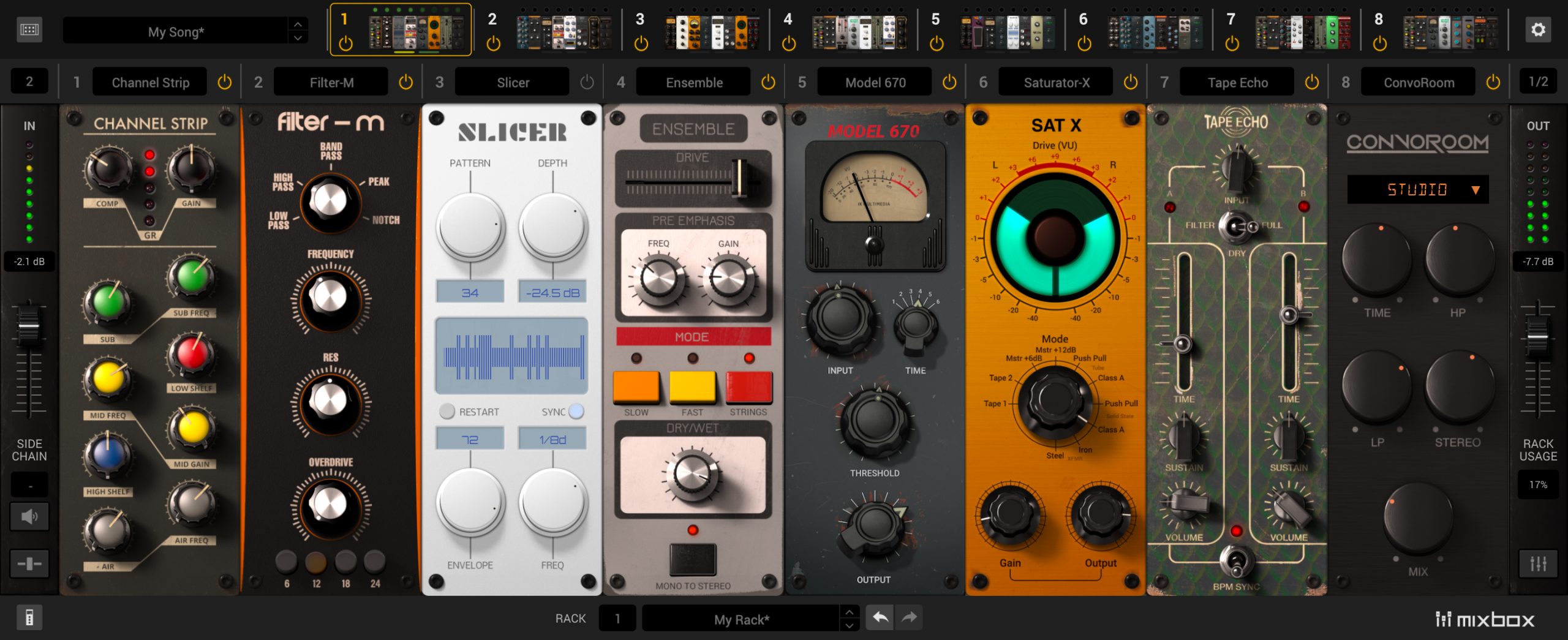
In the immortal words of one William Wonka, “The Snozzberries taste like Snozzberries”. Sure, a 600x250px avatar is not quite the tactile experience of putting your hands on one of those gorgeous, patinaed relics. Alternately, just using the 670 as an example, being able to have that experience is going to cost you well over $10,000 and gets you one stereo pair at a time. The AMS-esque digital reverb was another particular favorite of mine and I found myself returning to it often – it’s ever-so-chiseled and grainy texture rendered beautifully. The vintage Roland-inspired “Ensemble” chorus is a dead-on lift of those famous 1980’s thickeners. And I’ve got to admit, even as a die-hard lifer of the hardware, the Bus Compressor (an SSL 4000 Quad Bus clone) also gets close, certainly moreso than many of the GSSL‘s floating around out there*.
(*Fellow SSL-enthusiast and esteemed engineer, Chuck Zwicky, once explained to me several flaws on the Gyraf circuit that have unfortunately been bred into the GSSL bloodline. And if you think I get too technical sometimes, he makes my articles look like Sweet Valley High.)
THOSE PRECIOUS CYCLES
You would think that, with so many possibilities crammed into a singular plug-in, that MixBox would gnaw through even the meatiest and mightiest of CPU’s. And you would be wrong. Frankly, I found MixBox to be a dainty “I’ll just have a salad”-type eater. Sure, stacking up multiple instances with all eight slots running is going to make a dent – but comparatively speaking MixBox runs pretty lean and mean, even at high sample rates and lower buffers.

I generally run my tracking session buffers at 64 samples and then back that off to 256 at mix. I can think of a few plug-ins that can get downright unruly – MixBox ain’t one of ‘em.
Even with it running in several places, I never experienced lag or got those dreaded “CPU hot-spikes”, dropouts and glitches. Though MixBox could in many ways be considered a “IK Multimedia Greatest Hits” compilation, the plug-in itself behaves as a new software application should – not a ball of band-aids from the 32-bit days of previous operating systems. Put another way, if your system starts glitching hard with MixBox, we need to take a look at your computer or the amount of processing you’re using.
FUTURE VERSION WISH-LIST
I really try to go easy on v1.0 software, especially when it’s clear they’ve got a solid foundation to build upon. Imagine using Pro Tools circa 1995 or Cubase v1 today and remember, these were considered quantum leaps at the time. You’d be pulling your hair out by the clump, screaming at a 640×480 monitor and a 33mHz single-core processor. So to that end, IK Multimedia are off to a very impressive start. Absolutely none of my critiques are at the expense of a five-star review.
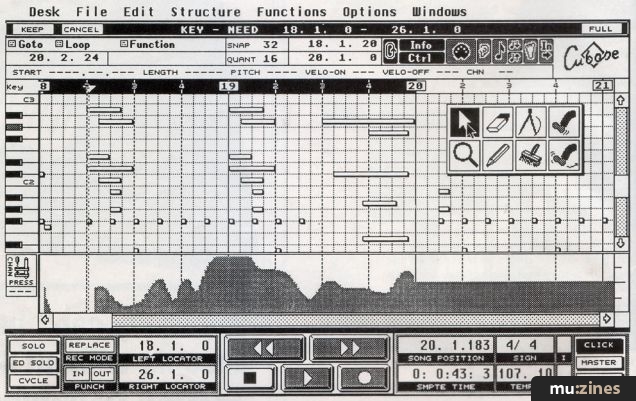
There are a few additions I’d like to see in the next version or so that would “complete” the MixBox universe and not require stepping back out of the plugin, especially as they are processes that tend to happen somewhere in the early-to-middle phase. Mic preamp modeling could stand to make a heftier presence – we can run the track through a handful of guitar preamps, but the same can’t be said for actual console channels. A Helios 69. A different flavor of Neve like the 88VR or the RND Portico. A Trident 80B or API 312. Those are a big part of what in-the-box engineers are looking for. Transient shaping is another “need-to-have” inside this world. While I love the channel strip on Cubase Pro for this very thing, the rest of the world hasn’t woken up to this DAW’s superiority and I feel bad for them.
Another “wish” (it’d be a gripe by v2) is the serial-only design. Being able to modify the block diagram with different configurations of parallel and serial signal flow would open up even more creative doors than ever before thought possible given the range of possibilities MixBox contains. Speaking of routing – a dedicated mono channel version is a big “Yes, please” for me. In Cubase Pro 10.5, placing MixBox on a mono track instantly creates a stereo output and frankly, working with mono sources goes a long way from needing to chase down smearing phase issues down the road.
And as a final, distant “hope, hope, wish, wish”? It would be great to see additional modules become available through partnership, even if at a small additional price. If I could add my favorite McDSP FilterBank or elysia nVelope mid-stream, I would be tickled. That exposes probably the biggest snag of the whole “all-in-one” design (not just for IK, but in general) – if you want to add, say, your own preferred solution for any given task midway through, you’ll need to run one instance of MixBox before and another one after. I know the intention of a plug-in like this is to be the only one you need for a whole channel but sometimes you just “want what you want.”
I’M THE MAN IN THE BOX
We review a LOT of plug-ins at EverythingRecording. Developers are always looking for a new kind of rainy day to sell their umbrellas. To be fair, IK are not the first to the game with the “modular rack” approach, as PSP Audioware’s Infinistrip and Slate Digital’s VMR (Virtual Mix Rack) have been finding fans. But there’s certainly no denying that, even if there are a few pieces in MixBox’s 70 available modules that aren’t as exciting as others, it’s three times as many as PSP’s twenty-four and absolutely dwarfs Slate VMR’s seven.
It’s interesting to me that, with most DAW’s supporting at least ten-plus inserts per track, we are effectively creating racks within the racks. But the convenience of building an entire chain within a single window does have its upsides (as we all know when stacking up multiple plugins of varying shapes and sizes with limited monitor space). Also, storing entire configurations as a single preset will make even the most die-hard of analog revivalists admit that pages full of patchbay and device settings is a living nightmare by comparison.
With any piece of gear, be it hardware OR software, it comes down to the sound, the ease of use and well… yeah, cost does have to figure in there somewhere, right? On the level of pure sonics, the MixBox is twelve out of a possible ten. Not every developer gets the modeling part of a particular piece dead on, but IK’s decades of experience really pay dividends here. With exquisite creation and emulation of dozens and dozens of so many processes, this is a must have for any engineer. It’s tactile, organized and quite simple to understand – the sort of plugin you just install and go.
At a $199 introductory MSRP ($299 for those ‘get-around-to-it’ types who don’t like saving money), it’s absolutely absurd to even consider complaining about the price. You’re buying seventy plug-ins here. And as I said before – you probably will have a dozen-or-so favorites, but knowing there is such a tremendous warchest to experiment with can unlock some creative windows that might otherwise be painted shut by now. Assuming you’re running all 8 modules, you have 722 trillion possible combinations. Let’s just take a moment to contemplate how vast a number that is – and then relax knowing we’ll all likely have somewhere between ten and a hundred home-spun presets that get called into battle.
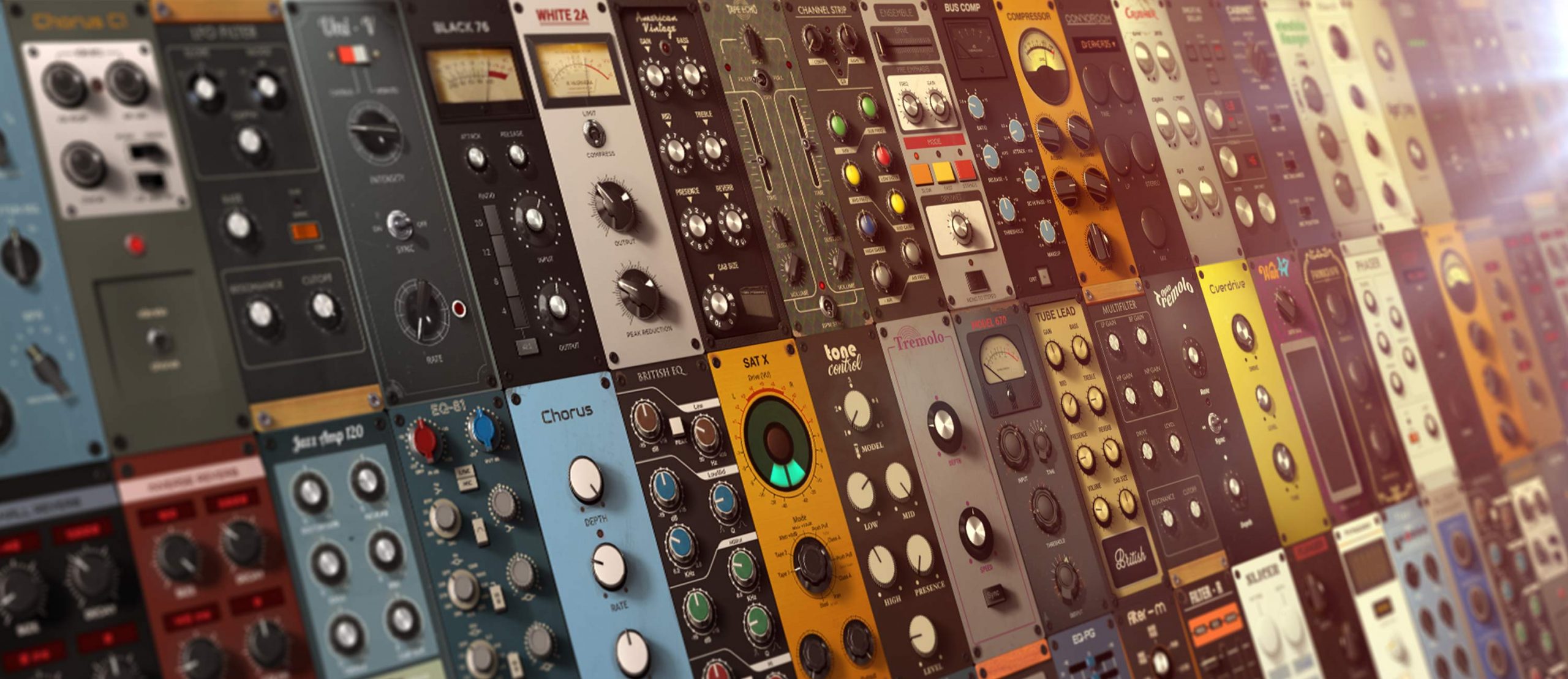
BOX IT UP
With the sheer amount of individual options under the hood, IK Multimedia’s MixBox is an absolute no-brainer. Even if you don’t use every last module or every last slot (I don’t think I’ve ever had more than five plugins on a track in twenty-five years). Even if you don’t need any guitar preamps or have no need for “yet another reverb”. The idea you can build entire processing chains for every possible situation then store and deploy them with ease from a single instance is a real level-up for plug-in technology.
Compared to the idea of building up an actual 500-series rack – wellllll…. Let’s just say I have two totally full racks and I love them dearly and use them often. Many of the modules I use are very off the beaten path – things like Baxandall and APSI-modeled EQ’s, dedicated transformers, relic compressors (like my trusty Aphex CX-1’s) and the inimitable nVelope (hardware edition). But the benefits to doing this digitally are not hard to fathom. You buy one analog module and you get to run one channel (one mono channel), that’s it. Want to try eight $3000 compressors in a row? MixBox can make that happen until your CPU screams for mercy.
The quality of the modeling and effects is impeccable, the ease of use is dead simple and the price is worth every penny and then some. It’s a masterful jack-of-all-trades piece of software that gets better with every single use. Producers and engineers of every style of music and any level of experience will have no problem finding new ways to inspire their mixes. My “v2 wish list” does remove a star, but since I had given it a 6 out of 5, IK Multimedia will have to settle for a perfect score. MixBox really is that good.
Sparkling sound quality and excellent models throughout.
More "esoteric" guitar-type effects work on more than just guitars.
Routing is serial only, can't create parallel blocks.
Mono version for using single sources would be welcome.



